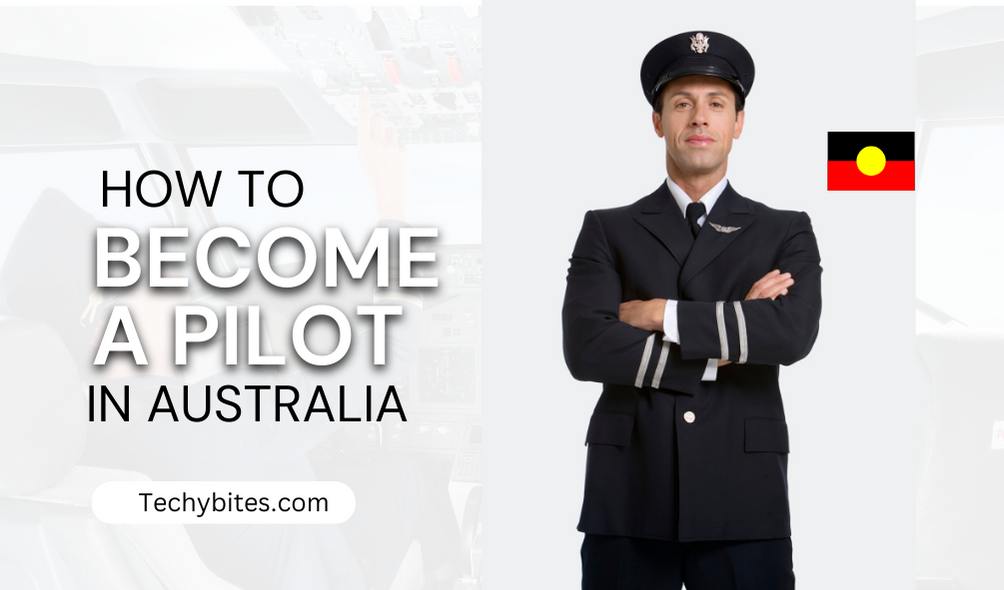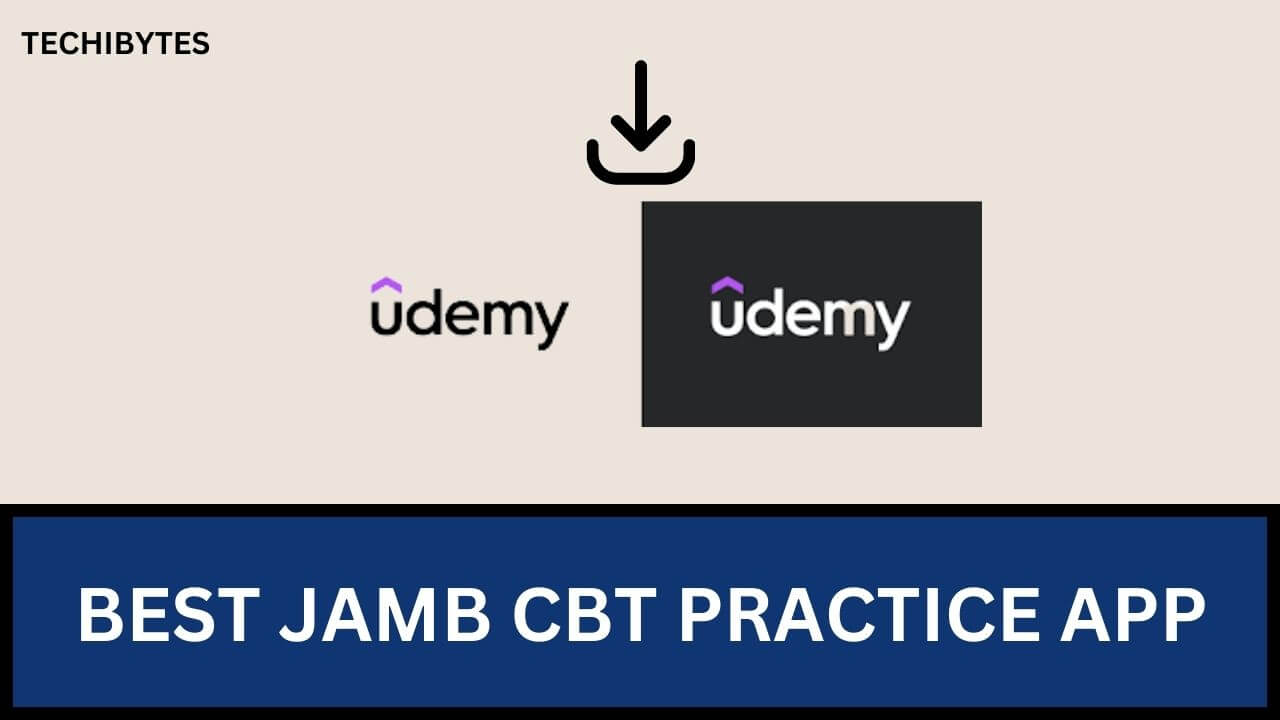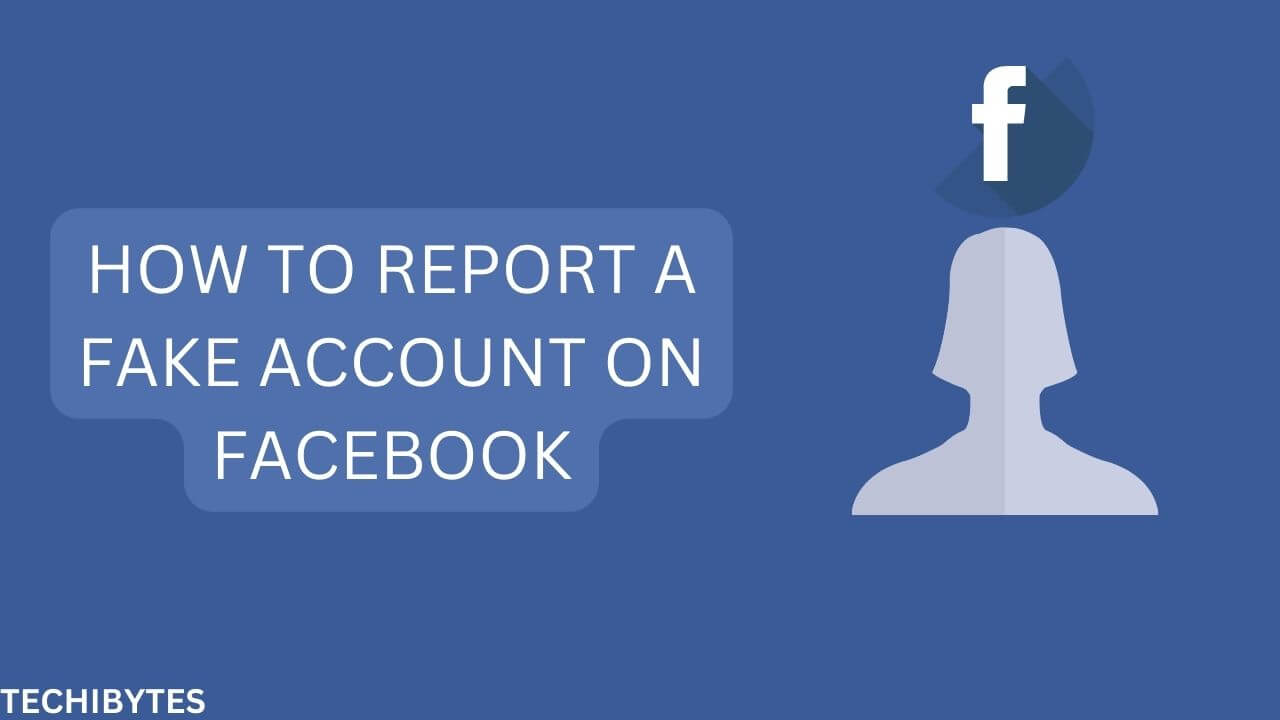If becoming a pilot is the professional route you want to take, there has never been a better moment to do it. There are numerous paths to becoming a pilot, and there is no one optimal way to do it in Australia. The first question to ask yourself is the kind of flying you want to do. Knowing the answer will help you map out your career and flight training course.
In this post, we’ll take a look at how to become a pilot in Australia. Because this post will be very helpful, we’ll urge you to read it to the end.
Table of Contents
WHAT DOES A PILOT DO?

A pilot is in charge of carrying military personnel, civilians, commercial commodities, personal items, or other cargo, depending on the sector of the industry they operate in.
Their area of expertise determines the kind of aircraft they fly. Pilots of large commercial aircraft and helicopters are two different professions. Other pilots use cargo aircraft to move substantial quantities of autos, mail, machinery, and other goods from one location to another.
You Might Like: 12 Best Car Insurance Companies In Australia
HOW TO BECOME A PILOT IN AUSTRALIA
The following is a step-by-step guide on how to become a pilot in Australia:
STEP 1 HOW TO BECOME A PILOT IN AUSTRALIA: Obtain Your High School Certificate (HSC)
Although there are no precise formal educational requirements to take the test for a pilot’s license in Australia, you can benefit from having a foundational understanding of year 10 math and physics.
There are other aviation-related degrees and diplomas from Australian universities, which are not required to pass the license exams but may be useful when an airline business or chief pilot is looking through your resume. The majority of Australian airlines demand an HSC, but none require a bachelor’s degree.
You must have a degree in aviation to receive a private pilot’s license. Consider earning a university degree, which need not be in the field of aviation, if you ever wish to work for an airline corporation outside of Australia, such as in the US.
STEP 2 HOW TO BECOME A PILOT IN AUSTRALIA: Conduct Research
Different paths can be taken to become a pilot. Before you learn to fly, it’s a good idea to be aware of your possibilities. Choose the local flying or pilot training school that best suits your needs by doing as much research as you can on it.
Below are some choices available:
- Flight School
In Australia, there are more than a hundred flying schools that provide a variety of pilot training courses. You should make a list of your top choice(s) flight school(s) so you can compare them and decide which is best for you. Each school has its policies, requirements for enrollment, and different tuition costs based on whatever pilot training classes you want to attend.
- College Degree Program In Aviation
You should take into account college degree programs in aviation if you’re interested in earning a college degree along with flying training. These programs enable participants to combine aviation training with a college degree.
With these kinds of classes, you will typically graduate with both a college degree and a pilot license, such as the Commercial Pilot License (CPL). You’ll be able to enjoy the best of both worlds thanks to this.
- Airline Cadet Pilot Program
You should look into airline cadet pilot programs if being an airline pilot is your passion. These programs are frequently sponsored by airlines, and after completing the program, students are assured of work. You will earn your Airline Transport Pilot License (ATPL) with this pilot program.
- Enlist In The Military
You can enlist in the Royal Australian Air Force (RAAF) if you’re interested in serving your country. The advantage of joining the military is that it is far safer than working for an airline. Poorly run airlines face the horrible fate of bankruptcy and are forced to close their doors if they cannot pay their debt.
It would be extremely improbable that it would ever fail if you joined the military. Of course, the government may occasionally cut financing, but you can be sure you’ll be safer.
The government will pay for your flight training, but you won’t be able to apply to commercial airlines until you’ve served in the military for about 12 years after you’ve finished.
STEP 3 HOW TO BECOME A PILOT IN AUSTRALIA: Pick A Flying Organization

All around Australia, there are several flying organizations. Each school will have a specific area of emphasis, such as private or commercial licensing, and will charge various tuition and other fees for that area of study. To learn more about each flight organization, speak with as many flying instructors and students as you can.
The best flight organization to choose will rely on your goals. If all you want to do is fly for fun, enroll in a school that focuses on obtaining recreational or private licenses.
Find a school that offers non-recreational commercial pilot training if you want to become a pilot for a living. If your goals change, you can always change schools at any time.
STEP 4 HOW TO BECOME A PILOT IN AUSTRALIA: Complete Your Training
Complete your training hours at the aviation school. For a private pilot license, the typical training requirement is 55 to 60 hours. When training full-time, this typically takes two months. If you train a little over an hour every week while working a part-time job, it can take you a year.
The precise amount of time you’ll spend training will depend on several variables, including the weather, your financial condition, the availability of aircraft, and how frequently you fly.
phases of pilot training
Depending on their goals, students must finish any one of five (5) separate pilot training levels. The following are the phases of pilot training:
- Student Pilot License (SPL)
You will require a student pilot license as your first pilot’s license. With this license, you can begin your flight training. In Australia, you must be at least 15 years old to fly alone.
- Private Pilot License (PPL)
With a private pilot’s license, you can fly without being paid whether you’re carrying passengers, cargo, or yourself. You must be at least 17 years old and satisfactorily complete an integrated or non-integrated course of training to be eligible for a private pilot license (PPL).
35 hours of flight time are necessary for integrated training, including 10 hours of solo flight, 5 hours of cross-country solo flight, and 2 hours of instrument flight. An additional five hours of flight time (for a total of 40 hours) are needed for non-integrated courses.
- Commercial Pilot License (CPL)
You must receive a commercial pilot license to begin flying for pay. You can work as a paid professional pilot with this license. You must be at least 18 years old and complete an integrated or non-integrated course of training to get a commercial pilot license (CPL).
For the airplane category rating, integrated courses call for 150 hours of flight time among other things. The airplane category rating requires 200 hours of non-integrated coursework.
- Instrument Rating (IR) And Multi-Engine Rating (MER)
If you have an instrument rating, it means you can use the instruments to pilot the aircraft in any weather, such as when there is little or no visibility. Along with their commercial pilot training, flight schools also offer instrument ratings. However, it can also be purchased independently.
You can pilot multi-engine aircraft if you have a multi-engine rating. Along with private pilot and commercial pilot training, flight schools also provide multi-engine rating training. However, it can also be purchased independently.
- Airline Transport Pilot License (ATPL)
The highest level of the Aircraft Pilot Certificate, the ATPL, permits you to assume the role of pilot in charge of regularly scheduled airlines.
You must be 21 years old or older to apply for an Air Transport Pilot License (ATPL). The Part 61 instrument rating privileges are included with the ATPL with the airplane category rating [ATPL(A)].
You Might Also Like: What Are Pokies in Australia? Everything You Need to Know
STEP 5 HOW TO BECOME A PILOT IN AUSTRALIA: Obtain An Aviation Reference Number (ARN)

The Civil Aviation Safety Authority (CASA) can provide you with an Aviation Reference Number (ARN). Australia’s aviation industry is governed and processed by CASA, a government agency. An ARN can be obtained for free and can take up to a week to process. But you don’t need an ARN when you’re flying with a trainer.
STEP 6 HOW TO BECOME A PILOT IN AUSTRALIA: Obtain A CASA Medical Certificate To Fly Solo
You require a CASA Class 1 or 2 medical certificate to fly solo. When flying with your instructor, a medical certificate is not necessary; however, before your first solo flight, you must obtain one.
Before you spend money on lessons, be sure you pass the medical exam because you might not be able to hold a license or fly solo owing to a medical issue. The Recreational Aviation Medical Practitioner Certificate (RAMPC) is the bare minimum medical qualification for solo flight.
The CASA class 1 medical certificate is required for commercial pilots and multi-crew license holders, and it is good for one year. If you are 40 years of age or under, the CASA class 2 medical certificate is valid for up to four years; if you are over 40, it is good for two years. A Designated Aviation Medical Examiner (DAME) issues this certification, which is the absolute minimum required for private pilots in Australia.
STEP 7 HOW TO BECOME A PILOT IN AUSTRALIA: Choose The Type Of Pilot License You Require.
Select whether you want to become a commercial or private pilot. Different rights and restrictions are attached to these two licenses. You can only fly private aircraft if you have a private pilot’s license. You must first earn a private license if you want to pursue a commercial pilot’s license.
You can skip the private pilot license and the recreational pilot license and go straight for the commercial pilot license if you’ve passed through a pilot school that has been accredited to conduct integrated training.
You Might Like: Best Crypto Exchange In Australia
STEP 8 HOW TO BECOME A PILOT IN AUSTRALIA: Obtain The Practical Experience Required For Your License Type.

Instrumental, cross-country and basic flying are all included in the flight training for private and commercial licenses. Around 30 hours of flight experience as a pilot, 5 hours of cross-country travel, and 10 hours of solo flight time are frequently included in the private pilot program.
You must complete at least 70 hours of pilot-in-command flying time, 140 hours as the pilot, and 20 hours of pilot-on-command cross-country flight time to get an integrated course commercial pilot license. You must have at least 200 hours of solo flight time as a pilot and 100 hours of pilot-in-command flight time before enrolling in a non-integrated course.
STEP 9 HOW TO BECOME A PILOT IN AUSTRALIA: Pass The Commercial Or Private Pilot License
The exam, which includes the entire course you studied for the theory portion of your private pilot license, is frequently scheduled through your flying school. You must receive at least 70% overall to pass the theoretical test for the private pilot’s license. The exam lasts roughly three and a half hours, and all of the questions have multiple-choice or numerical-value solutions.
You must receive at least 70% in each of the seven subjects you will be examined on to pass the commercial pilot license theoretical exam, except the Flight Rules and Air Laws subject, which requires 80%. It takes two to three hours to finish each exam. All of the subject tests must be taken within a two-year window.
STEP 10 HOW TO BECOME A PILOT IN AUSTRALIA: Pass The Practical Test For A Commercial Or Private Pilot’s License.
You’ll be put through a test covering every aspect of flight and the ground for which you’ve been preparing. The practical flight test is handled by CASA and frequently scheduled through your flying school. A variety of skills are assessed for both the commercial and private pilot license exams, including takeoff, descent, arrival, and post-flight.
STEP 11 HOW TO BECOME A PILOT IN AUSTRALIA: Apply For Jobs
Search online for available airline pilot openings near you. Find the jobs for which, based on your experience and education, you are most qualified. Make sure your application materials—a well-written CV and cover letter outlining why you’re the ideal fit for the position—are up to par.
SKILLS REQUIRED TO SUCCEED AS A PILOT
The following are some of the skills needed to be a successful pilot:
- A pilot’s ability to communicate effectively is essential for both their safety and the safety of their passengers. They must be able to speak with air traffic control to inquire about the status of traffic and the weather or to request assistance in an emergency.
- Strong situational awareness and attention to detail are essential for a pilot to maintain complete control of the aircraft. To lessen the likelihood of issues while the aircraft is in the air, they must be meticulous when going through the pre-flight checklist.
- For a pilot to thrive, they include hard skills like math and aeronautical knowledge. Additionally, accurate, rapid, and on-demand number calculation skills are required of pilots. They also need to be highly skilled at using sophisticated instruments and aircraft.
FAQS ON HOW TO BECOME A PILOT IN AUSTRALIA
How do I become a Royal Australian Air Force (RAAF) pilot?
You have two options: through the Australian Defence Force Academy or by entering directly into the pilot program. If you decide to attend the Academy, a degree program will take three years to complete.
How Long Does it Take to Become a Drone Pilot?
To become a drone pilot and earn a Remote Pilots Licence, you must complete around 5 days of training. You will receive a RePL and the right to call yourself a drone pilot once you have completed the training.
A combination of theoretical and practical instruction will be included in your course. This includes a minimum of five hours of practical flight instruction using common commercial drones utilized in the sector. The theoretical portion is presented in a classroom environment over 15 hours.
How much does pilot training cost?
It is significant to remember that training to be a pilot has financial requirements. The cost of your flight training is affected by a variety of variables, including the nation in which you complete your training and the flying school you choose. There are roughly more than a hundred pilot schools in Australia from which to pick if you decide to complete your flight training there.
On the other hand, there are several well-known nations from which to pick if you opt to complete your flight training abroad. One thing to keep in mind is that you will need to switch your license to the Australian Civil Aviation Safety Authority after completing your training.
What Aspect of Being a Pilot Is The Hardest?
The hardest thing is finding a balance between work and life, particularly for young pilots flying reserve. The sooner you go over that stage, though, the more senior you will become and the more control you’ll have over your schedule.
Why Must Pilots Retire at Age 65?
Pilots must be 65 years old to retire. You can develop a disqualifying ailment that precludes you from keeping your CASA Class 1 and Class 2 Medical Certificate after working for several years in such demanding employment.
CONCLUSION
Being a pilot is not an easy task. Since flying an airplane requires important skills, you have to go through hours of training for certification before you can be considered a pilot. And that is why we’ve taken the time to give you the steps on how to become a pilot in Australia.
We hope our post was helpful. Do not hesitate to ‘fly’ your questions and comments into our comment section.
If you liked this article, then please subscribe to our YouTube Channel for videos. You can also find us on Twitter and Facebook.
REFERENCE
- https://au.indeed.com
- https://www.aviationfly.com
- https://www.ozstudies.com
- https://medium.com










